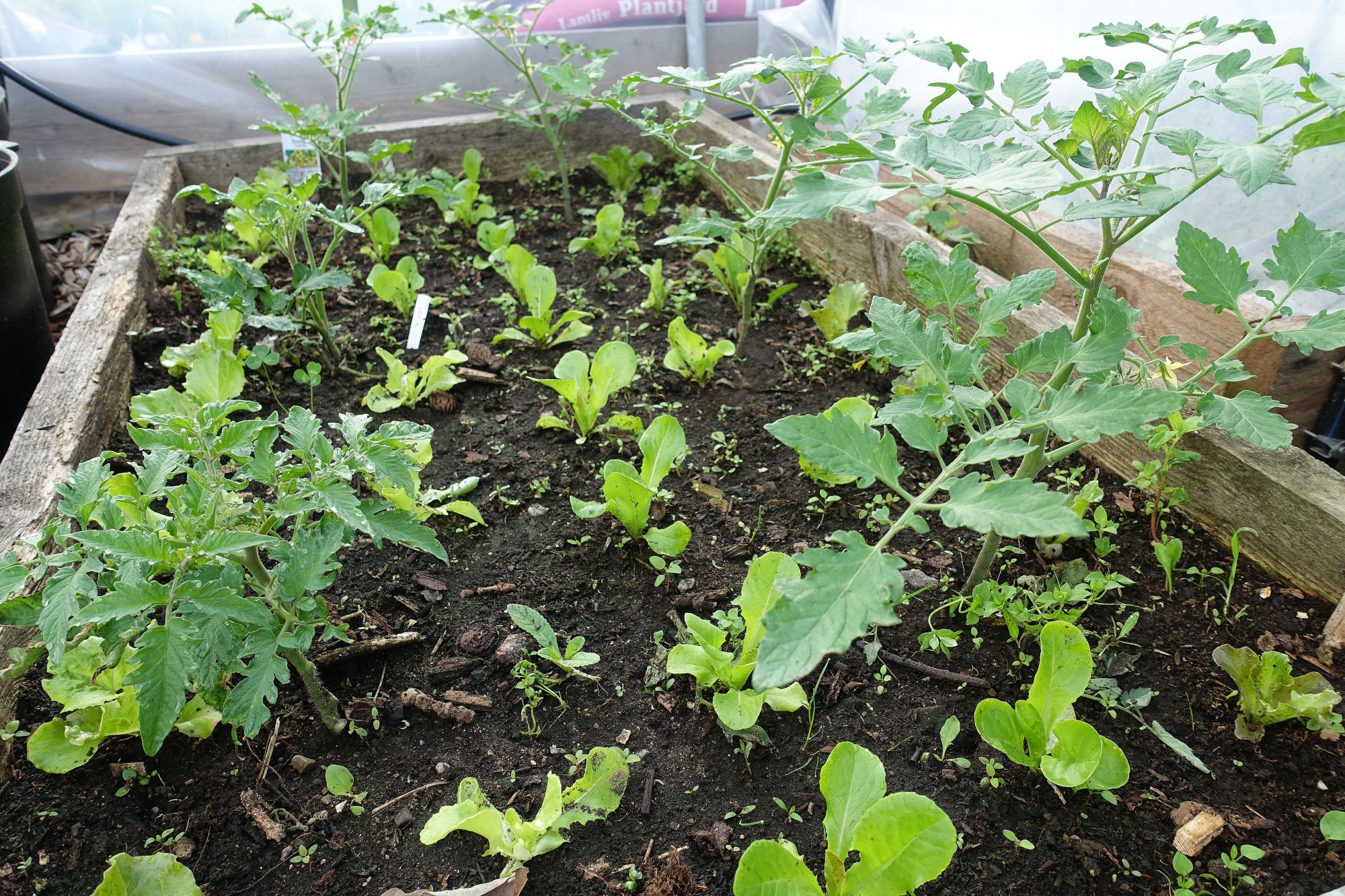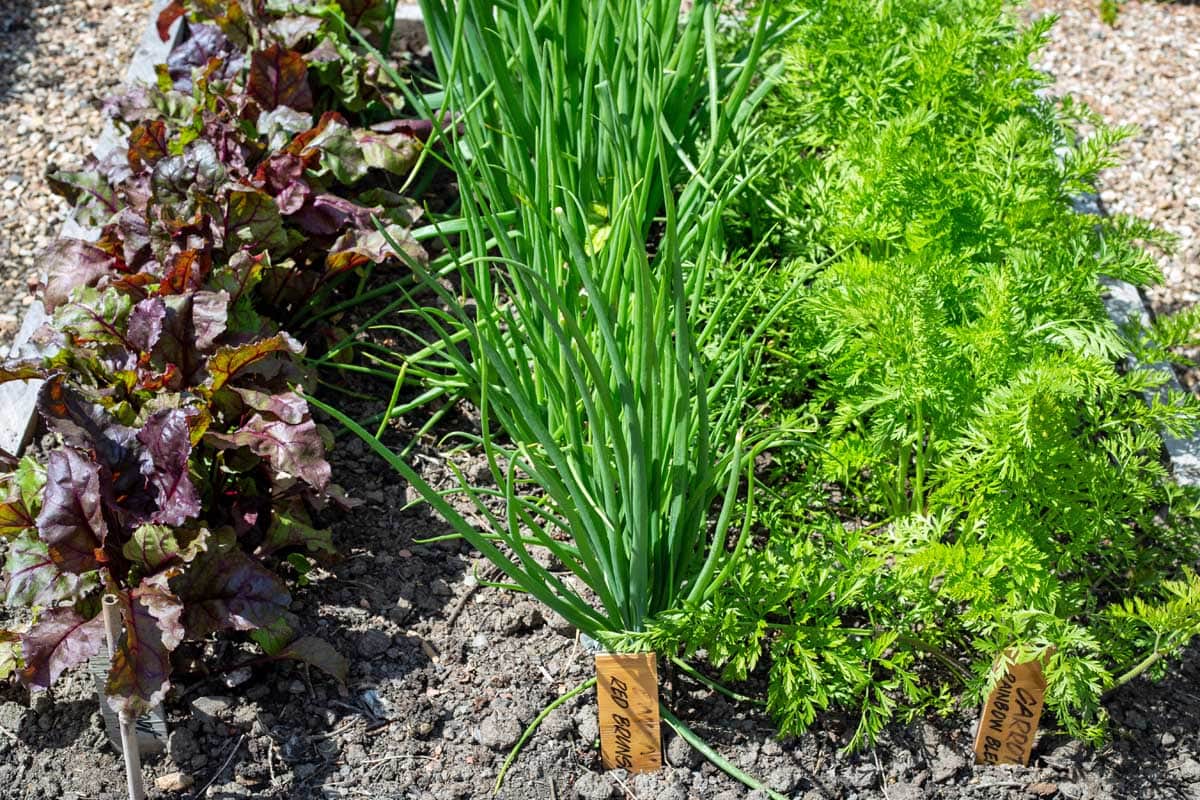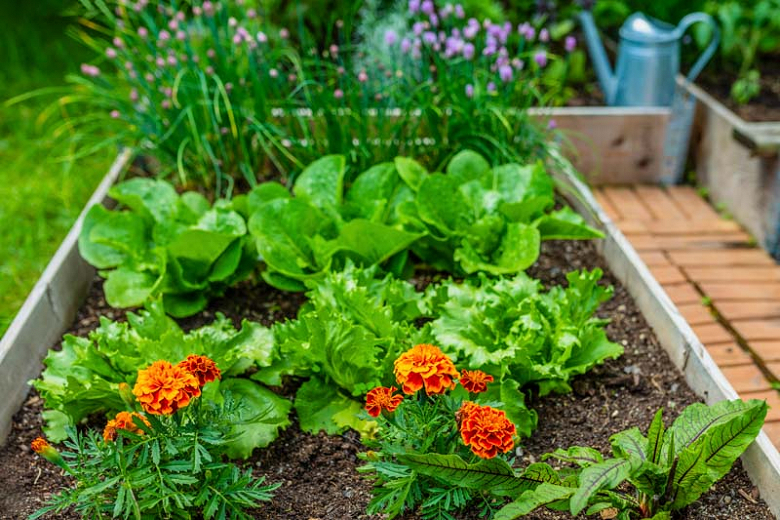Lettuce And Spinach: The Perfect Pair
Lettuce and Spinach: The Perfect Pair
Lettuce and spinach are two of the most popular leafy greens in the world, and for good reason. They're both packed with nutrients, low in calories, and versatile enough to be enjoyed in a variety of dishes. But did you know that lettuce and spinach are actually even better together?
That's right, these two greens are a match made in heaven. When you combine them, you get a salad that's both delicious and nutritious. Lettuce adds a bit of crunch and sweetness, while spinach provides a boost of vitamins, minerals, and antioxidants.
In this blog post, we'll explore the many benefits of eating lettuce and spinach together. We'll also share some of our favorite recipes for salads that feature this perfect pair.
Benefits of Eating Lettuce and Spinach Together
There are many reasons why you should consider eating lettuce and spinach together. Here are just a few of the benefits:
- Increased nutrient intake: When you combine lettuce and spinach, you get a wider variety of vitamins, minerals, and antioxidants. For example, lettuce is a good source of vitamin A, while spinach is a good source of vitamin K.
- Improved digestion: The fiber in lettuce and spinach can help to keep your digestive system healthy. Fiber helps to promote regular bowel movements and can also help to reduce the risk of constipation.
- Weight loss: Lettuce and spinach are both low in calories and fat, making them a great choice for people who are trying to lose weight or maintain a healthy weight.
- Boosted immune system: The antioxidants in lettuce and spinach can help to boost your immune system and protect you from disease.
Recipes for Lettuce and Spinach Salads
Now that you know the benefits of eating lettuce and spinach together, it's time to start enjoying them in some delicious salads. Here are a few of our favorite recipes:
- Classic Caesar Salad: This classic salad is made with romaine lettuce, croutons, Parmesan cheese, and a creamy Caesar dressing. To make it even healthier, you can substitute spinach for the romaine lettuce.

- Greek Salad: This salad is made with a variety of ingredients, including lettuce, tomatoes, cucumbers, feta cheese, and olives. It's dressed with a simple vinaigrette made with olive oil, lemon juice, and herbs.

- Arugula and Spinach Salad: This salad is made with two of our favorite greens, arugula and spinach. It's also topped with walnuts, dried cranberries, and a balsamic vinaigrette.

- Tuscan Kale Salad: This salad is made with kale, spinach, tomatoes, and artichoke hearts. It's dressed with a lemon-tahini dressing that's both flavorful and healthy.

These are just a few of the many delicious salads that you can make with lettuce and spinach. So get creative and experiment with different ingredients and dressings. You're sure to find a salad that you love.
Conclusion
Lettuce and spinach are two of the most versatile and nutritious leafy greens. When you combine them, you get a salad that's both delicious and good for you. So next time you're looking for a healthy and satisfying meal, reach for some lettuce and spinach. Your taste buds and your health will thank you.
Lettuce and spinach are two of the most popular leafy greens, and they can be grown together in the same garden. In fact, they make great companion plants, as they have similar growing requirements and can help each other to thrive.
Some of the benefits of planting lettuce and spinach together include:
- They help to deter pests. Lettuce and spinach are both attractive to some common garden pests, such as aphids and slugs. However, they also produce chemicals that can repel these pests. When they are planted together, the chemicals from the two plants can work together to create a more pest-resistant environment.
- They improve the soil. Lettuce and spinach are both nitrogen-fixing plants, which means that they can help to improve the nitrogen content of the soil. This can benefit other plants in the garden, as nitrogen is an essential nutrient for plant growth.
- They provide shade. Lettuce and spinach are both relatively short plants, so they can be planted in the shade of taller plants. This can help to protect them from the hot sun, which can cause them to wilt.
If you are interested in planting lettuce and spinach together, there are a few things to keep in mind. First, make sure that they are planted in a location that gets full sun. Second, space the plants about 6 inches apart. Finally, be sure to water them regularly, as they do not tolerate drought well.
For more information about lettuce and spinach companion plants, please visit Gardenia Inspiration. This website has a wealth of information about companion planting, including a list of plants that are good companions for lettuce and spinach.
FAQ of lettuce and spinach companion plants
Q1: What are good companion plants for lettuce and spinach?
A: Some good companion plants for lettuce and spinach include:
- Onions, garlic, and leeks: These plants have strong scents that act as natural insect repellants. They are also good for attracting beneficial insects, like parasitic wasps and ladybugs.
- Carrots, tomatoes, and peppers: These plants have different nutrient requirements than lettuce and spinach, so they will not compete for resources. They can also help to deter pests.
- Broccoli, cabbage, and cauliflower: These brassicas are also good companions for lettuce and spinach. They can help to attract beneficial insects and deter pests.
- Marigolds: Marigolds are a great companion plant for any vegetable garden. They help to repel pests and attract beneficial insects.
- Borage: Borage is another good companion plant for lettuce and spinach. It helps to attract beneficial insects and improve the flavor of the vegetables.
Q2: What plants should I avoid planting near lettuce and spinach?
A: Some plants that you should avoid planting near lettuce and spinach include:
- Beans: Beans can attract pests that can also damage lettuce and spinach.
- Peas: Peas can compete with lettuce and spinach for nutrients.
- Cucumbers: Cucumbers can attract pests that can also damage lettuce and spinach.
- Melons: Melons can compete with lettuce and spinach for nutrients.
- Potatoes: Potatoes can attract pests that can also damage lettuce and spinach.
Q3: How do companion plants benefit lettuce and spinach?
A: Companion plants can benefit lettuce and spinach in a number of ways, including:
- Attracting beneficial insects: Beneficial insects, such as ladybugs and parasitic wasps, help to control pests that can damage lettuce and spinach. Companion plants that attract beneficial insects include marigolds, borage, and nasturtiums.
- Decreasing the risk of disease: Companion plants can help to decrease the risk of disease by attracting beneficial insects that prey on pests that can spread disease. They can also help to improve the soil health, which can make the plants more resistant to disease.
- Improving the flavor: Some companion plants, such as carrots and tomatoes, can improve the flavor of lettuce and spinach.
- Maximizing space: Companion planting can help to maximize space in the garden by planting different types of plants together that have different needs. For example, lettuce and spinach can be planted between tomato or pepper plants.
Q4: How far apart should I plant lettuce and spinach?
A: Lettuce and spinach should be planted about 6 inches apart. This will give them enough space to grow and develop properly.
Q5: How often should I water lettuce and spinach?
A: Lettuce and spinach need to be watered regularly, especially during hot, dry weather. Water them deeply, so that the water reaches the roots.
Image of lettuce and spinach companion plants
5 different images of "lettuce and spinach companion plants" from Pinterest:
- Image 1: Lettuce and tomatoes. Lettuce and tomatoes are both cool-season crops that can be planted together. Tomatoes help to deter pests from lettuce, and lettuce can help to suppress weeds.

- Image 2: Lettuce and carrots. Lettuce and carrots are also good companion plants. Carrots help to improve the flavor of lettuce, and lettuce can help to suppress the growth of carrot root fly larvae.

- Image 3: Lettuce and beans. Lettuce and beans are another good combination. Beans fix nitrogen in the soil, which benefits lettuce. Lettuce can help to shade the soil and keep it cool, which is beneficial for beans.

- Image 4: Lettuce and chives. Lettuce and chives are both herbs that can be planted together. Chives help to repel pests from lettuce, and lettuce can help to provide shade for chives.

- Image 5: Lettuce and peas. Lettuce and peas are also good companion plants. Peas help to improve the flavor of lettuce, and lettuce can help to suppress the growth of pea moth larvae.

Post a Comment for "Lettuce And Spinach: The Perfect Pair"